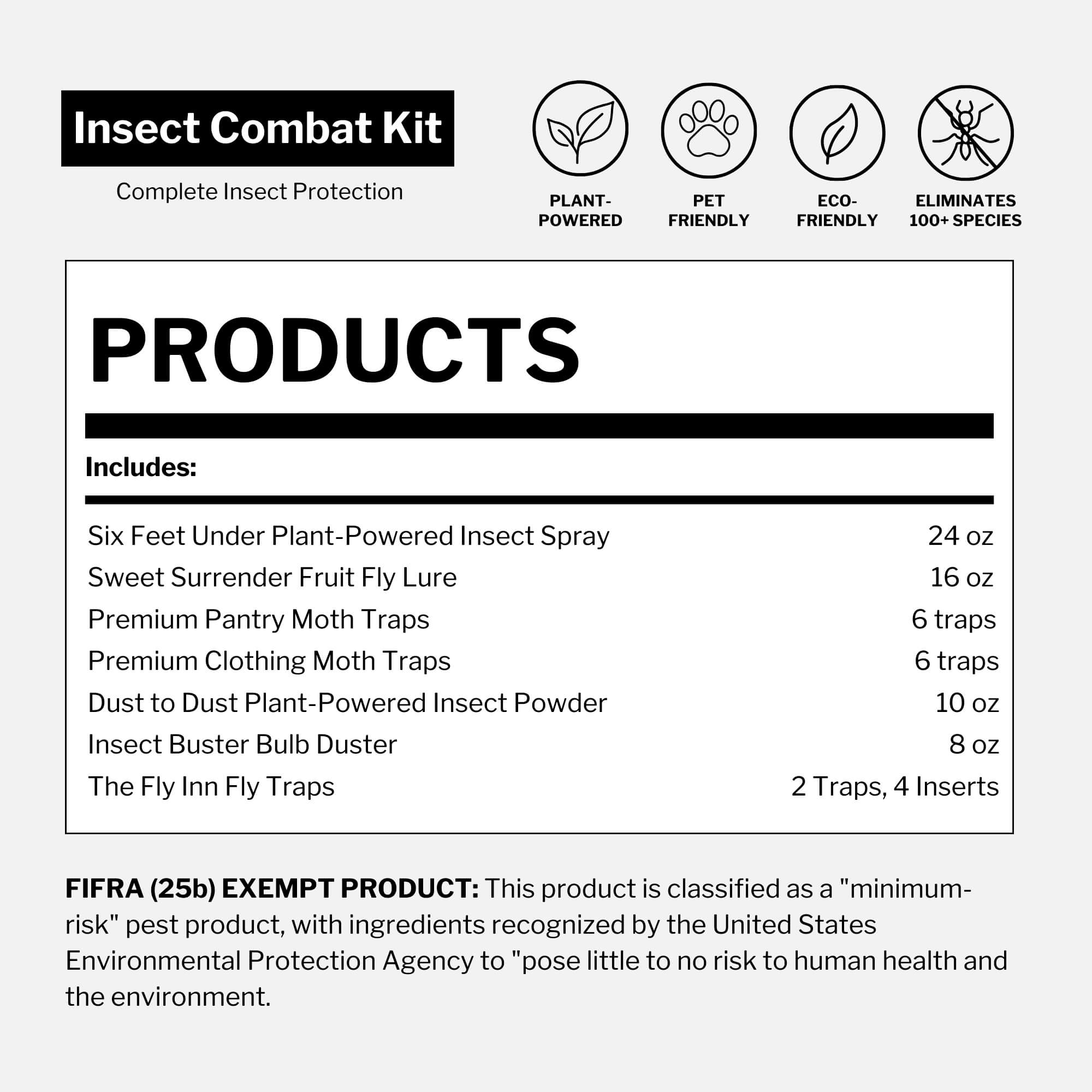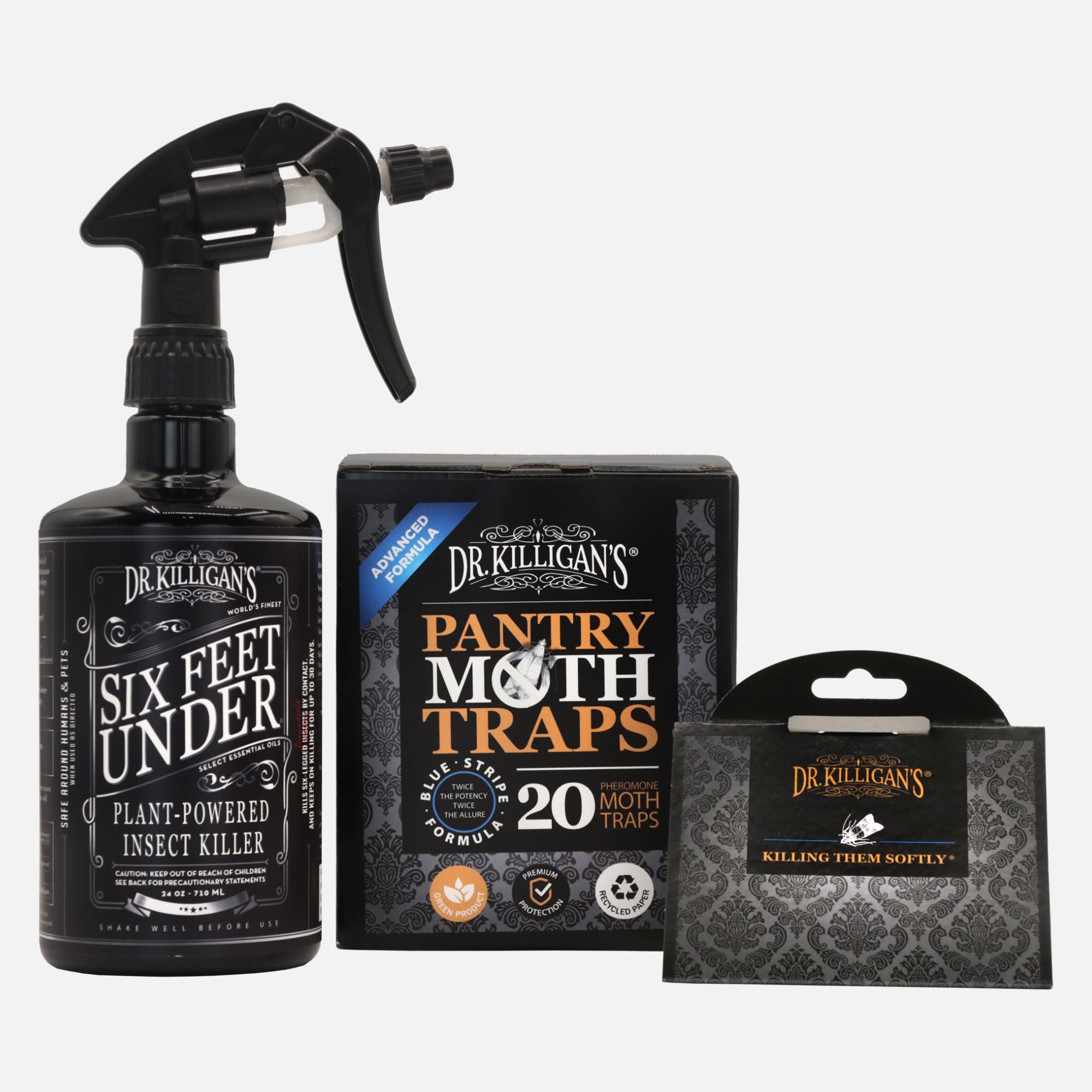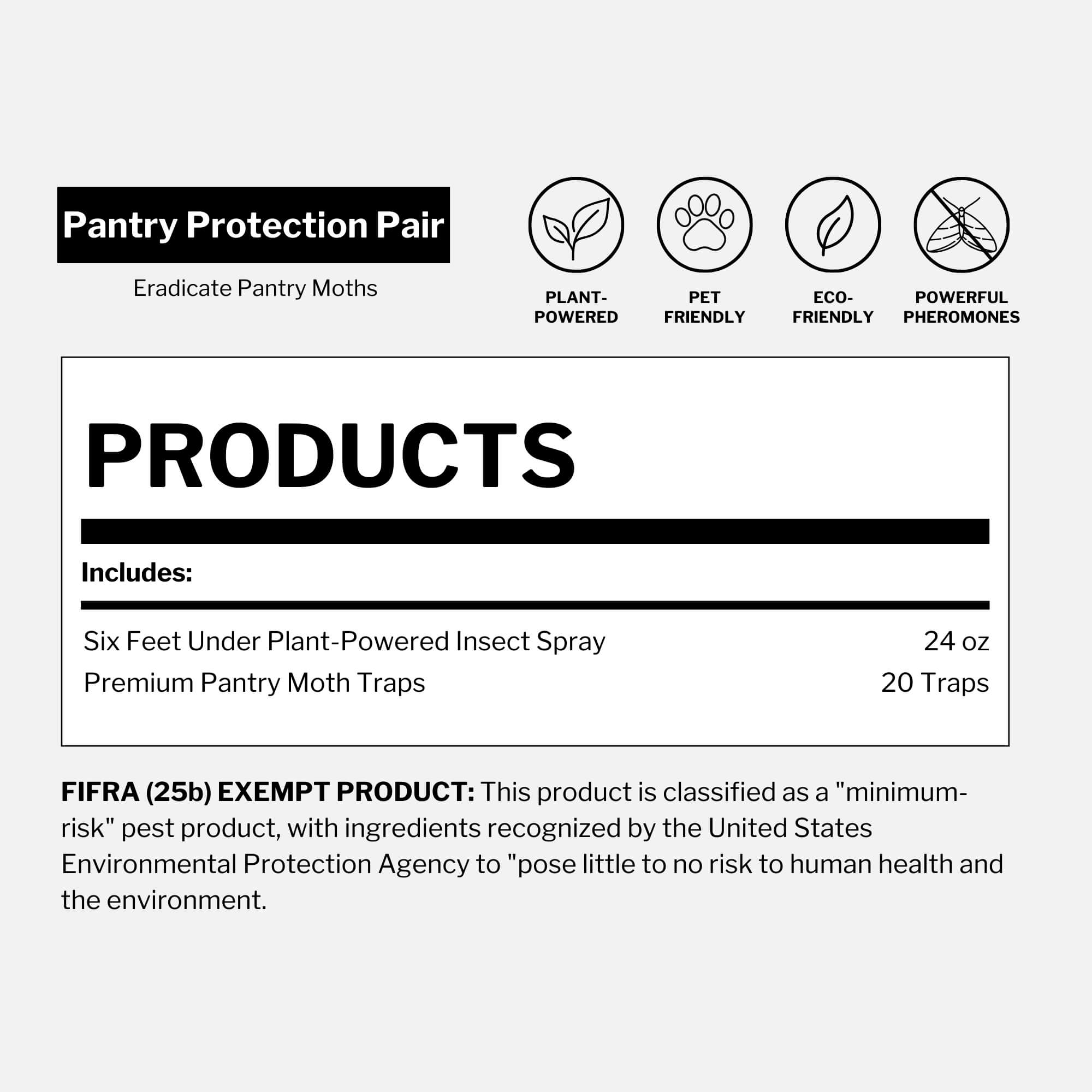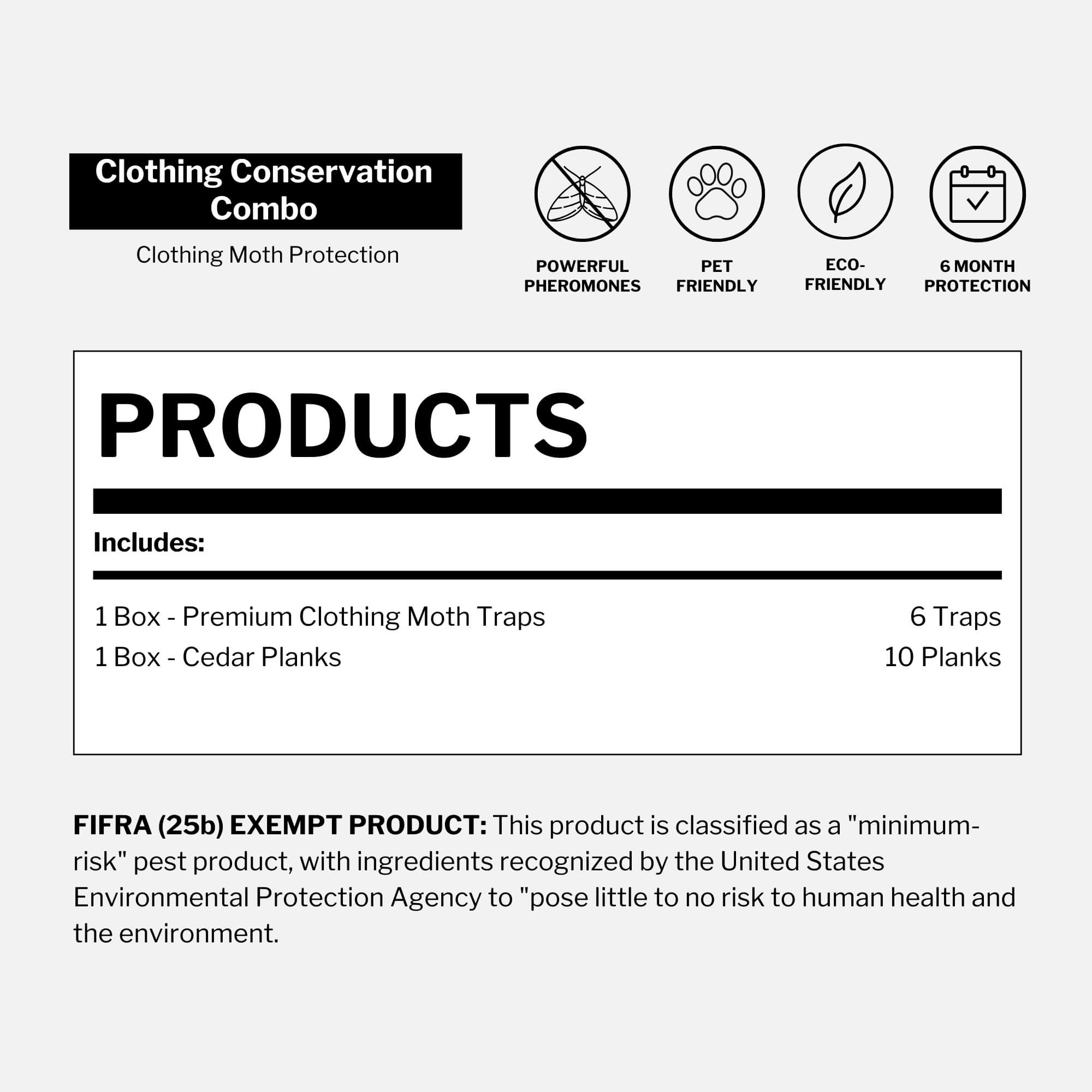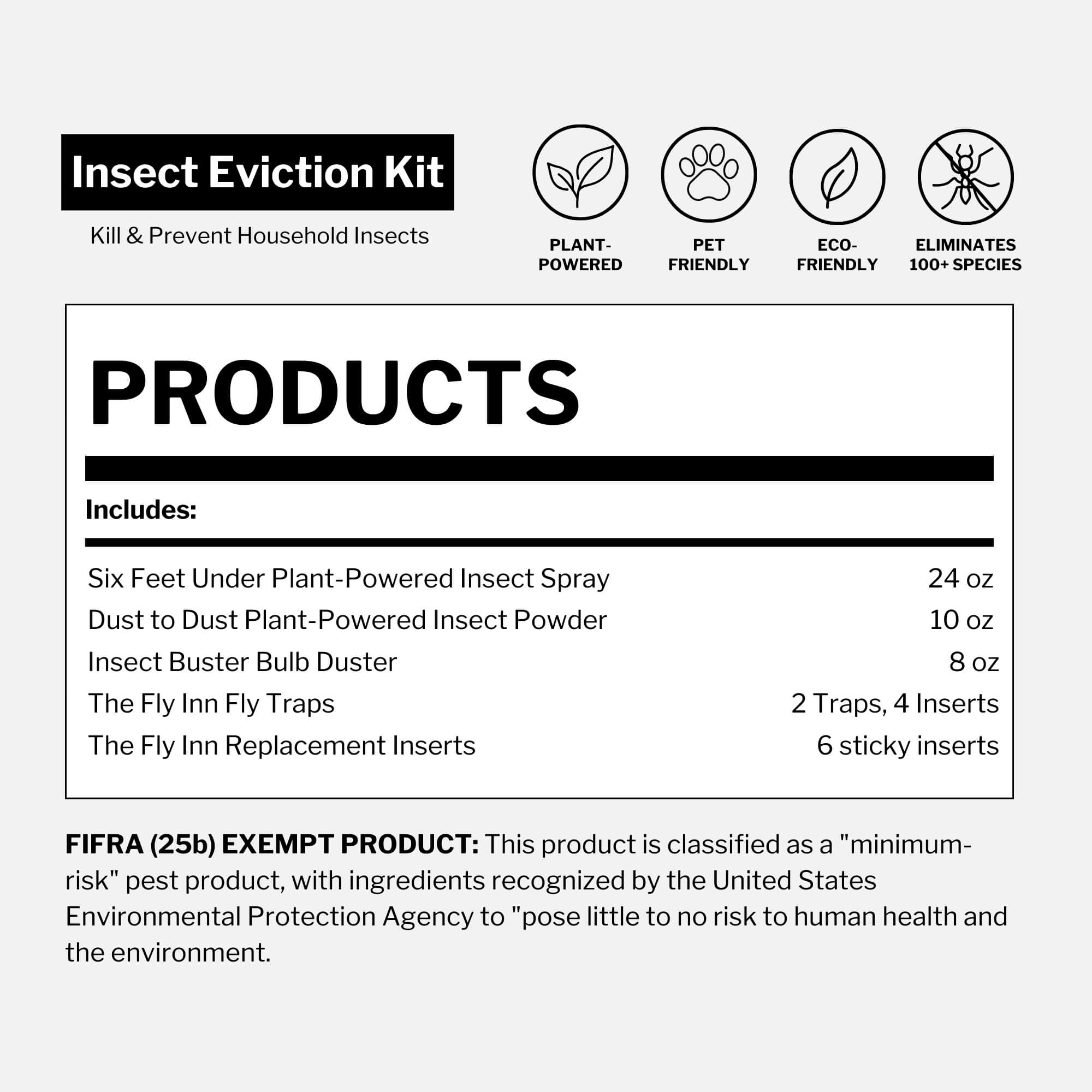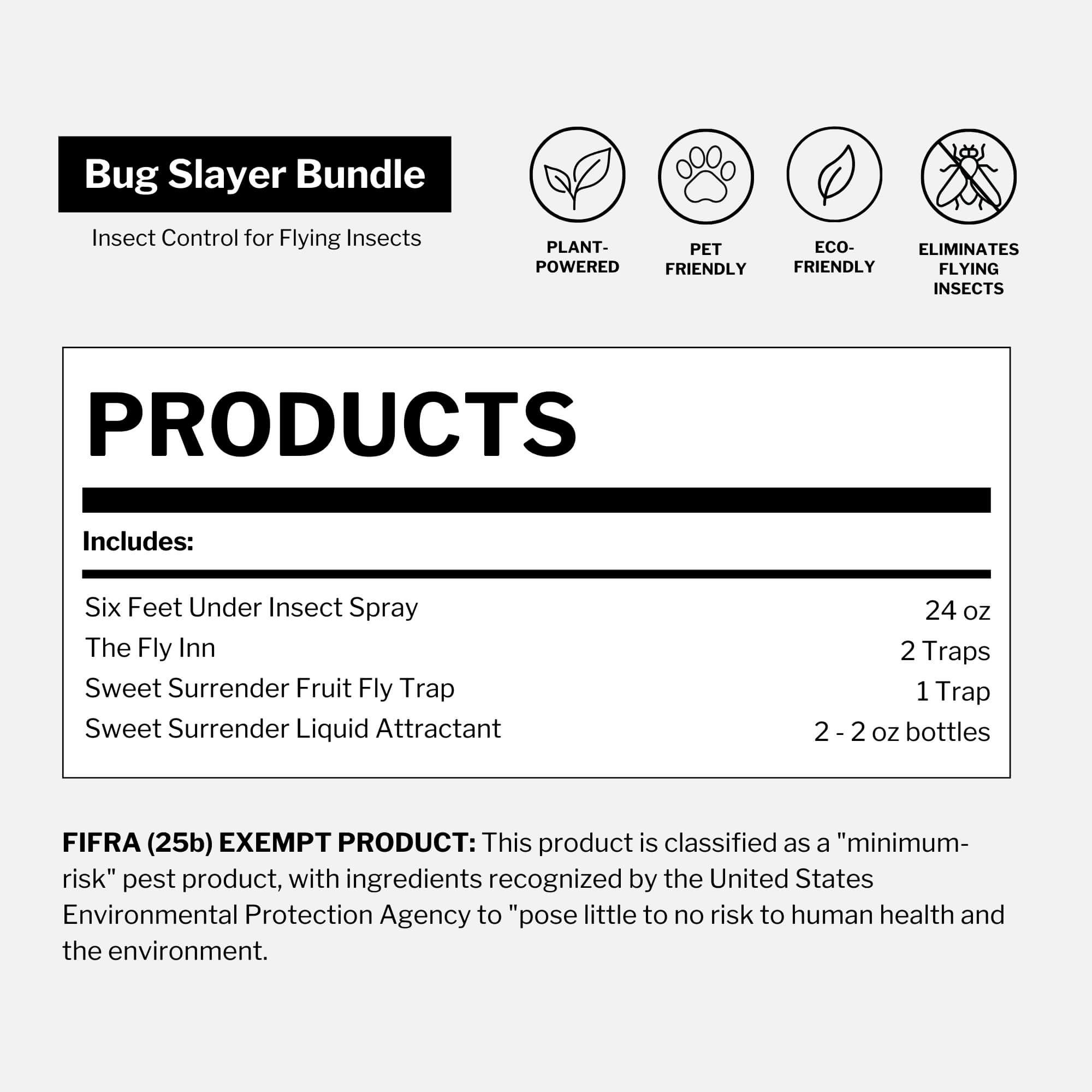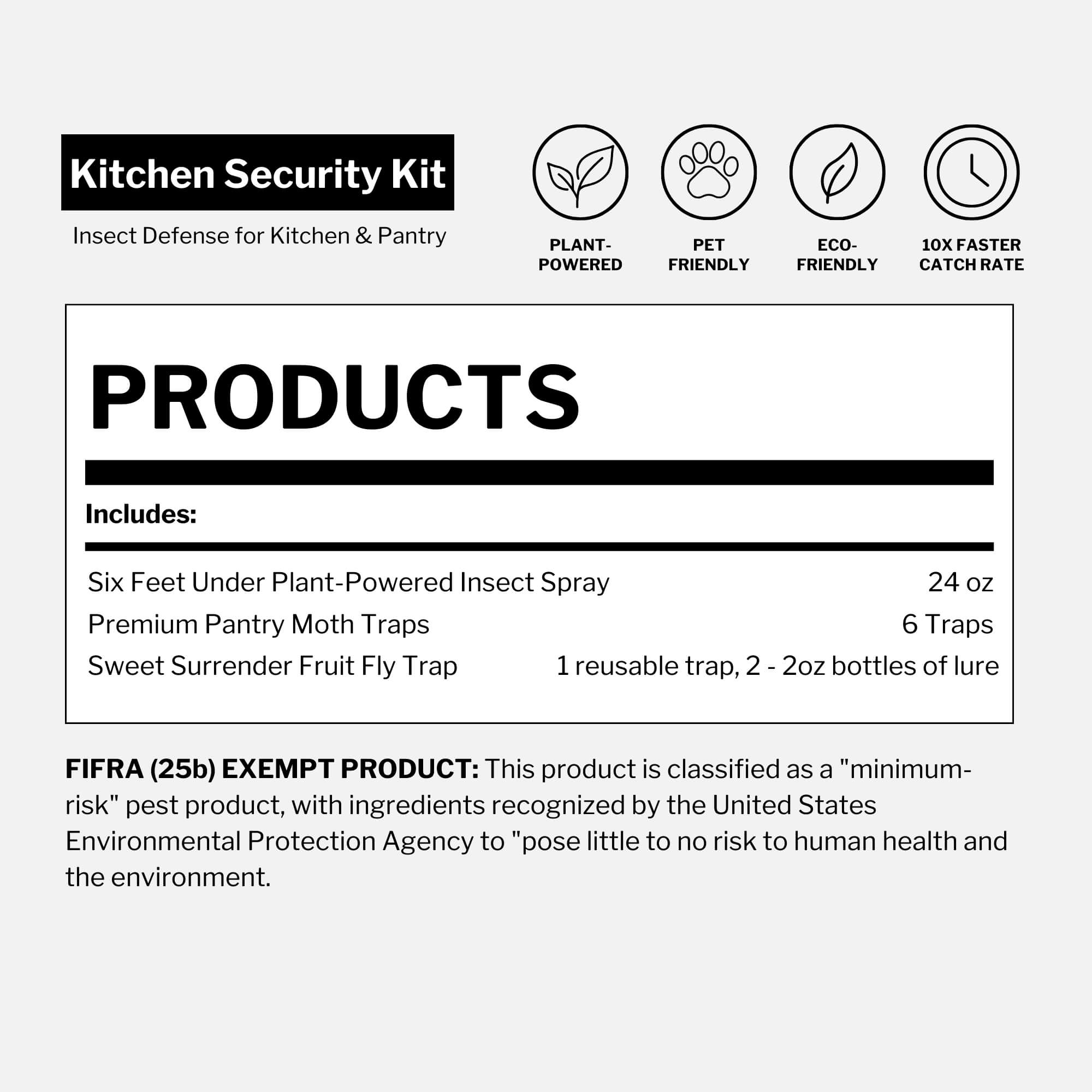Updated on October 21st, 2024
In the vast tapestry of the insect kingdom, few creatures hold the captivating prowess of assassin bugs. These hunters possess a range of remarkable adaptations and a reputation for being nature's stealthy assassins. From their intricate anatomies to their predatory strategies, assassin bugs have fascinated entomologists and nature enthusiasts alike.
Here, we delve into the world of these intriguing insects, uncovering their unique traits, hunting techniques and the vital role they play in maintaining ecological balance. Join us on a journey of discovery as we unravel the mysteries of the remarkable assassin bug.
What is an assassin bug?
The enigmatic assassin bug is a member of the arthropod family known as Hemiptera. Like their arthropod brethren—which includes insects, spiders and crustaceans—assassin bugs possess jointed appendages, an exoskeleton and a segmented body, all of which contribute to their remarkable agility and hunting prowess. Assassin bugs, known for their piercing-sucking mouthparts and remarkable adaptability, feed on an array of prey.
Why are assassin bugs called assassin bugs?

Assassin bugs are so named because of their predatory behavior and their clever methods of capturing and killing prey.
One of their primary capture-and-kill strategies is ambush predation, where they patiently wait in hidden positions, blending seamlessly with their surroundings. Once the perfect moment arrives, they strike with lightning speed and immobilize their unsuspecting prey. Equipped with a specialized rostrum, (which I’ll discuss momentarily), assassin bugs then engage in piercing-sucking feeding.
Another intriguing tactic is extraoral digestion, where the assassin bugs secrete digestive enzymes onto their prey, breaking down the prey's tissues externally. This allows the assassin bug to access and absorb the nutrient-rich contents without the need for extensive consumption, maximizing nutrient extraction while minimizing unnecessary consumption.
Why is an assassin bug’s rostrum crucial?
Assassin bugs possess a unique structure—a rostrum—that plays a crucial role in their hunting strategy. An assassin bug’s rostrum allows this arthropod to effectively and efficiently capture, kill and consume its next meal.
Picture a long, tubular mouthpart structure that gracefully extends from the front of their head. It's a sight to behold, resembling a beak or perhaps even a distinguished, elongated snout. This rostrum is composed of several segments, lending it flexibility and precision.
Now, pay attention to the main attraction—the sharp, piercing-sucking stylet housed within this formidable rostrum. The assassin bug possesses the ability to extend and retract this lethal instrument with remarkable dexterity. When the time comes for a hunt, the bug unleashes its rostrum and pierces the bodies of its unsuspecting prey.
But that's not all. The assassin bug is not content with a simple puncture. Oh no—it injects toxic saliva—a potent concoction that swiftly immobilizes or even eradicates its unfortunate victim. The rostrum acts as a conduit for this toxic elixir, effectively delivering it to the prey.
Once the prey succumbs to the venomous embrace, the assassin bug's rostrum takes on a new role—that of a feeding tube. With calculated precision, it extracts the liquefied tissues of its conquered prey, nourishing itself with the spoils of its hunting prowess.
So you see, my dear compatriot, the rostrum of an assassin bug is not merely a simple mouthpart. It is a weapon, a means of attack and defense and a feeding apparatus all in one.
Where will I encounter assassin bugs?
Assassin bugs can be found in various regions around the world, as they have a wide distribution. They are present in both tropical and temperate climates, including North and South America, Europe, Africa, Asia and Australia. Within these continents, these arthropods inhabit diverse habitats such as forests, grasslands, wetlands and even human settlements. So, whether you're in the dense jungles of South America, the savannas of Africa, the urban landscapes of Asia or your own backyard garden here in the United States, there's a chance that you may encounter this fascinating and formidable type of bug.

Do I want them in my garden?
In your garden, assassin bugs can be highly beneficial. They are voracious predators that feed on a wide range of garden pests, including beetles, aphids, ants and other insects that can damage your plants. By preying on these pests, assassin bugs help to naturally control their populations, reducing the need for chemical pesticides and helping to maintain a balanced ecosystem (in your garden).
Note: It's important to exercise caution as assassin bugs can deliver a painful bite if mishandled. Remember that sharp, powerful rostrum I mentioned?
How else can I get rid of garden pests?
Assassin bugs can help minimize pests, but they can’t do all of the work. That’s why I recommend Dust to Dust Plant-Powered Insect Powder, a non-toxic insect powder, to help rid your vegetable, herb and flower spaces of common garden pests, pests that can be truly detrimental to your garden's health and productivity.

Dust to Dust is a scientifically proven bug-busting formula made with super-fine silica and essential-oil nanotechnology. This proprietary solution is guaranteed to kill multiple types of bugs—all within 24 hours of contact.
Silica, a lethal weapon employed by nature, disrupts the protective wax layer of many bugs, vital for retaining moisture within their exoskeleton. As this layer succumbs to the relentless assault of silica, dehydration becomes the sinister harbinger of their demise.
Essential-oil nanotechnology possesses the remarkable ability to disrupt the delicate equilibrium within a bug’s central nervous system. Through intricate interactions at the molecular level, it instigates chemical imbalances that serve as a sinister catalyst for their ultimate demise.
Here are my recommendations for Dust to Dust use against common garden pests, including beetles, aphids and ants.
For beetles: Puff Dust to Dust around the base plants affected by beetles, such as cucumber beetles or Japanese beetles. The gritty texture of the powder will deter and kill these pests.
For aphids: Puff a thin layer of Dust to Dust on the leaves, stems and soil surface surrounding the plants. Focus on areas where aphids are commonly found, such as the undersides of leaves and new growth.
For ants: Apply Dust to Dust in areas where ants are entering your garden or near ant trails. The abrasive particles will stick to their bodies, causing them to dehydrate and die.
Note: To effectively use Dust to Dust, you have two options. You can simply use the shaker bottle that Dust to Dust arrived in or employ the use of the Insect Buster Bulb Duster, a powder distribution tool that will give you more precise, targeted and less-mess dispersion.
Reapply Dust to Dust as needed, especially after a heavy rainfall or if the powder is no longer visible. Monitor the plants regularly for effectiveness, and avoid excessive application. We encourage sensitive groups, such as individuals who may have allergies, to wear a face mask when spreading Dust to Dust to prevent breathing in the fine particles. If you are not wearing a face mask, please hold the applicator below the waist or low to the ground.





